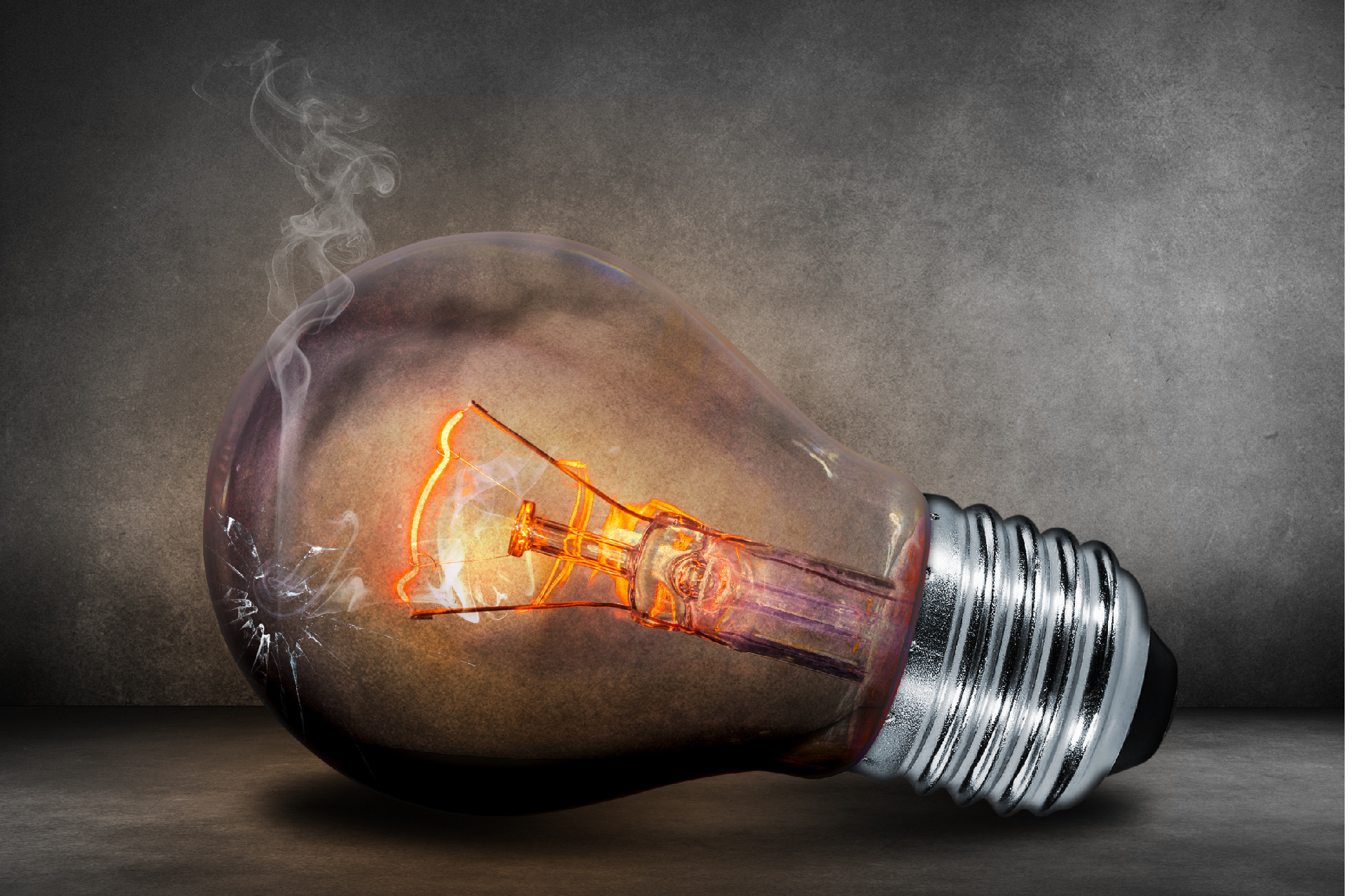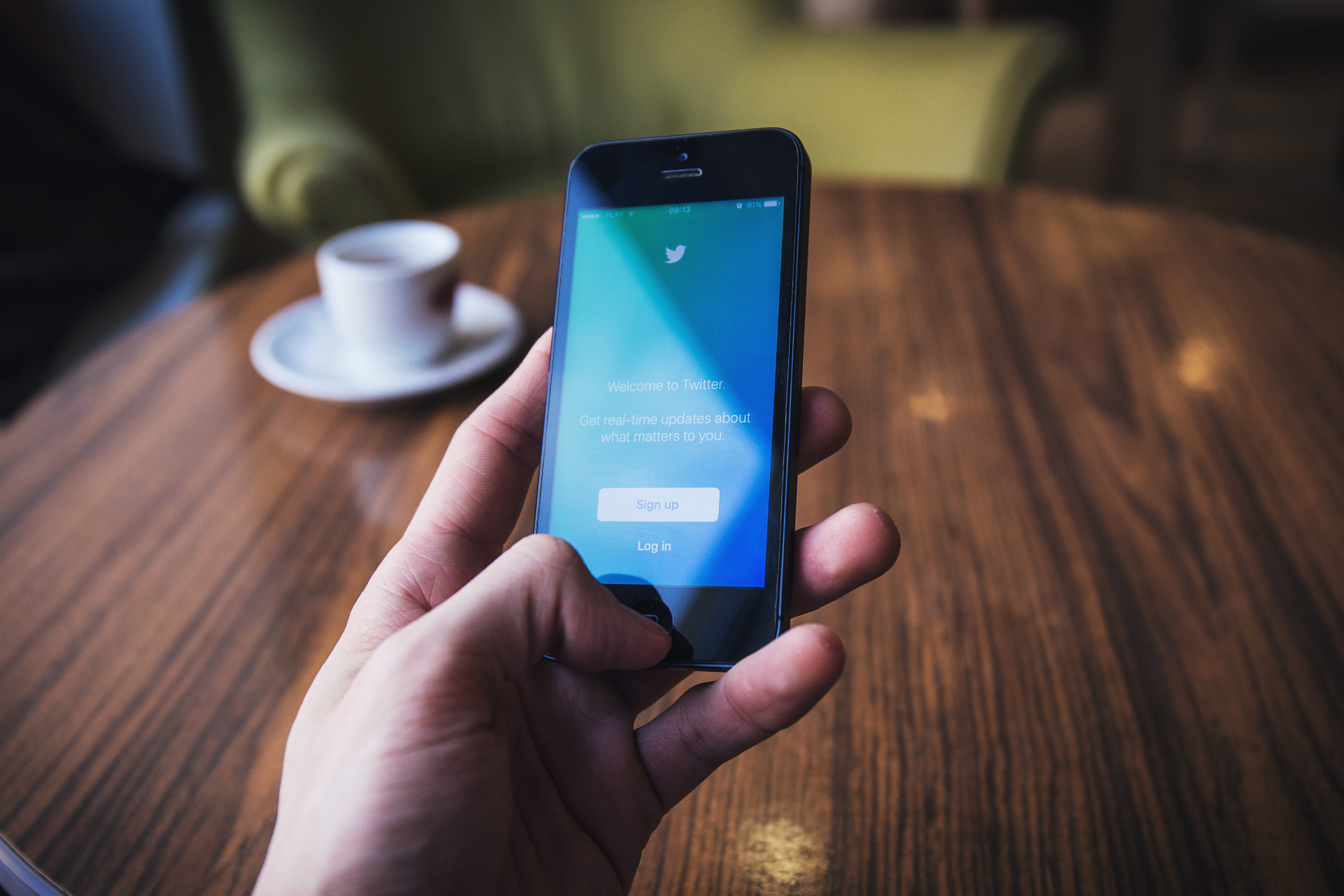The iPhone 7 Leaves us Wondering: Is Apple Still a User-Centered Company?
4 min read
Every year, we’re hit with the latest and greatest announcements from Apple. As one of the most-watched presentations by tech enthusiasts around the world, it’s safe to assume viewers will learn a lot about the future of technology and where Apple hopes to take it. This year, while the presentation as a whole was somewhat underwhelming, we think Apple made some meaningful strides toward a better customer experience. However, we also think they made some questionable decisions.
The Memorable
The Apple Watch surprised us by taking center stage at Wednesday’s event with significant improvements. Let’s be honest. The original watch was neat, but it didn’t serve much purpose aside from being “Apple’s newest gadget.” The Series 2, however, is a huge improvement over its predecessor and proves that Apple has been paying attention to how customers use the watch. For several years, bikers, runners, swimmers, etc. have been using wearable technology to track their health and fitness. The new design capitalizes on that usage by including features such as GPS and Nike+ integration, an improved screen that’s easier to see in the sun, and a fully waterproof exterior for swimmers (or for those of us who accidentally put our watch through the washing machine).
In case you missed it, Apple also announced “the best iPhone they’ve ever built!” While the iPhone 7 may not have been a revolutionary redesign, we do think it had some notable features that will delight the loyals. The new “jet-black” iPhone is sure to be a hot commodity (if you don’t mind a few scratches), but the most striking announcement was the reveal of the dual-lens camera, vastly improving smartphone photography. Combine that with iOS 10’s new, playful messaging and smart home capabilities, and we’re given an iPhone that makes day-to-day tasks a more delightful experience.
This is where Apple excelled at Wednesday’s event, and we’re looking forward to these new improvements (I mean, come on — you can play Super Mario Run while eating a hamburger).
The Less-Than-Impressive
Alright, let’s address the headphone situation. We’d heard the rumor beforehand that an important feature would be jacked from the iPhone 7. But this is Apple, so they’re going to announce a better solution, right? Maybe not.
Apple eliminated the universal headphone jack. In their attempt to reconcile any inconveniences, they provided two options: an adapter for our current earbuds, or new ones that connect directly to the lightning port. Both nice gestures until you need to charge your phone while listening. Thank goodness there’s a third option: $159 wireless “AirPods” that are certain to get lost. Apple, we feel this move was anything but a user-centered approach.
We understand the world is going wireless, but it seems premature to expect users to undergo such a drastic behavior change. We’re left with many questions about the usability of this new technology. How will these new headphones affect our phone’s battery life? How will this affect listening to music in cars when many vehicles don’t yet have reliable wireless capabilities? How will an Apple-exclusive port limit every day use? Removing this type of universal feature makes for an incredibly frustrating user experience with such a common task.
With the absence of the headphone jack comes the pressure to purchase several more, Apple-exclusive products. For example, if you choose to go wireless, the Apple AirPods will still allow you to listen and charge your phone at the same time. Just remember to charge them in their case every 5 hours — and charge the case that charges them every 24 hours. For a world striving to be more wireless, it seems we are increasingly looking for somewhere to plug in.
Apple called this move, “courageous.” It indeed takes courage to move forward, but where is the line between designing for users and designing for innovation? These are both good notions, but they need to be balanced. It appears that rather than leading the way in user-centered design, Apple is forcing users into something new too quickly. They’ve focused so much on being innovators that they’ve introduced more problems than they’ve solved.
Could all of this work out? Maybe. But right now it’s causing an uproar, because Apple seems more interested in finding new ways to gouge pockets than maintaining their reputation of designing for the people. UX design is about designing for people, and those people are not you, Apple.






